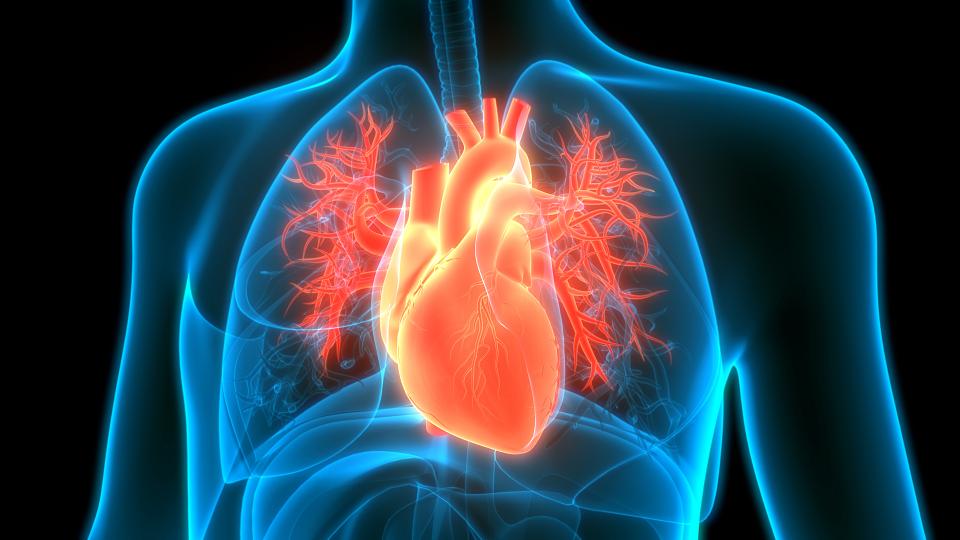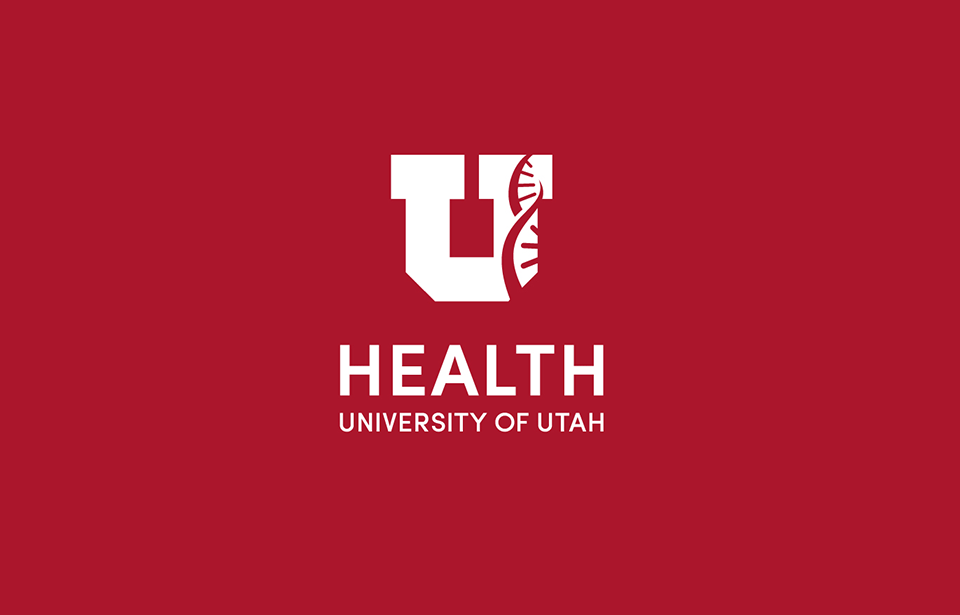What Is the Aorta?
The aorta is the main blood vessel in your body. It starts in your chest where it comes off the heart and sends branches to your arms and head. It travels through your chest next to the spine and then enters your abdomen.
In the abdomen there are typically five branches of the aorta. Two that give blood to our liver, stomach, and intestines; another two that deliver blood to each kidney; and a smaller branch that gives blood to the large intestine.
After the kidney branches come off, called renal arteries, there is normally a fairly straight part of the aorta before it divides into two branches to supply blood to our legs and pelvis. The straight section of the aorta before it divides is the most common place in our bodies for an aneurysm to develop.
![[media-entity-reference:media-alt]](public://files/migration/aorta-anatomy.jpg)
What Is an Aortic Aneurysm?
![[media-entity-reference:media-alt]](public://files/migration/aortic-aneurysm.jpg)
The word aneurysm means any place where the blood vessels grow larger than is typical, and they can happen anywhere. Aortic aneurysms can happen anywhere in the aorta and the different locations have different treatment and screening strategies.
Health care providers diagnose an aortic aneurysm often during a screening for something else. Sometimes surgery may be the next step but often we can monitor the aneurysm. When we consider whether or not to repair an aneurysm, we look at both the size, which is different depending on where in the aorta the aneurysm is located, and what other medical problems a person has.
It is important to see a specialist and decide on the best treatment. Because the aorta is the main blood vessel in the body, if we don't treat the aneurysm, it can cause symptoms and may even be life threatening.
What Is an Aortic Dissection?
All blood vessels in the body are made of layers. The arteries, those blood vessels that deliver blood to our organs, have three layers. A dissection happens when the layers separate or come apart. This can happen in a very specific spot in the blood vessel, or it can affect a long section of the blood vessel.
Dissections often occur because of high blood pressure but trauma, like a car accident, can also cause them. Like other types of aortic disease, we treat a dissection depending on where in the aorta it happens and what other medical problems a patient has; however, a dissection is almost always an emergency.
It may require immediate surgical or medical treatment because the separated layers can block blood flow to branch vessels, including the heart and brain, or cause severe pain
Aortic Dissection
An aortic dissection often becomes a chronic problem. To manage this, you should get treatment by a specialist even after the initial treatment.
Penetrating Aortic Ulcer & Aortic Hematoma
Special subtypes of aortic dissections include penetrating aortic ulcers (PAU) and intramural aortic hematoma (IMH). Their diagnosis and treatment are similar to standard treatment.
Aortic Occlusion
The aorta can become blocked off to the point that no blood can get from the aorta to the legs and pelvis. This can happen slowly over time or can happen all at once, in some cases because of atherosclerotic disease. The treatment is different depending on the cause but when it happens abruptly it is almost always a surgical emergency.
Find an Aortic Disease Surgeon
Virtual Visits
Our specialists are available to meet virtually with you. Feel free to make an appointment with us.
Why Choose University of Utah Health?
Treating aortic diseases can be challenging, but living with aortic disease doesn't have to get in the way of your life. Doctors at University of Utah Health's Aortic Disease Program are specially trained to diagnose and manage aortic all types of aortic disease.
Our specialists provide high-quality, coordinated care. This means that the services you need are coordinated across different specialists and procedures—giving you the best care from the beginning to the end of your treatment.
Personalized Treatment for Aortic Disease
We know that many patients need personalized treatment options that meet their unique medical needs. We offer a range of treatment options for diseases affecting all areas of the aorta—from the aortic valve to the abdominal aorta. Our treatment options include:
- traditional open surgical repair options,
- minimally invasive surgical repair, and
- endovascular procedures.
Emergency Care & Transfer Services
We provide 24/7 transfer services and emergency care for patients suffering from acute aortic syndrome. These include the following:
- Symptomatic aortic aneurysms in any location
- Aortic rupture
- Acute aortic dissection and complications related to aortic dissection
- Intramural aortic hematoma
- Penetrating aortic ulcer
- Traumatic aortic injury
- Infections of the aorta or aortic prostheses
- Acute aortic occlusion
Schedule a Consultation
Need to see an aortic specialist? First thing to do is get a referral from your primary care doctor. Once you have referral and have made an appointment, you can prepare for your appointment by:
- Letting your insurance know you have an appointment and reviewing your insurance coverage.
- Having a copy of your medical history ready.
Clinical Trials for Aortic Disease
TREO Clinical Study
The purpose of this research is to help determine the long-term performance of the TREO Abdominal Stent-Graft as a treatment for patients with AAA.
This study is no longer enrolling but is ongoing.
Additional Clinical Trials
The Aortic Disease Program has additional clinical trials in progress:
- GREAT: Global Registry for Endovascular Aortic Treatment
- stAAABle: Nectero EAST System Clinical Study (currently recruiting)








